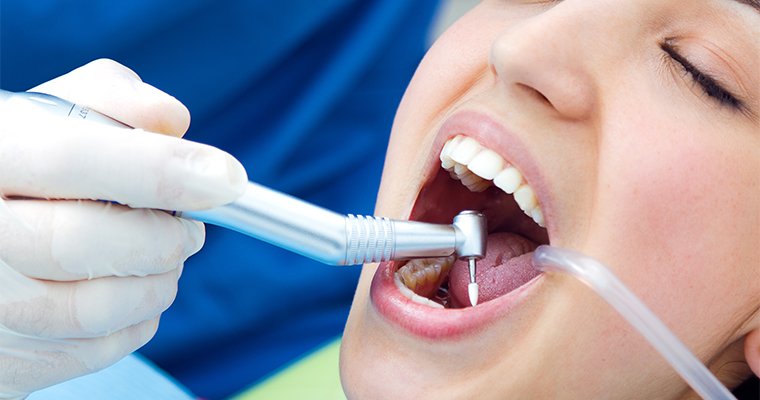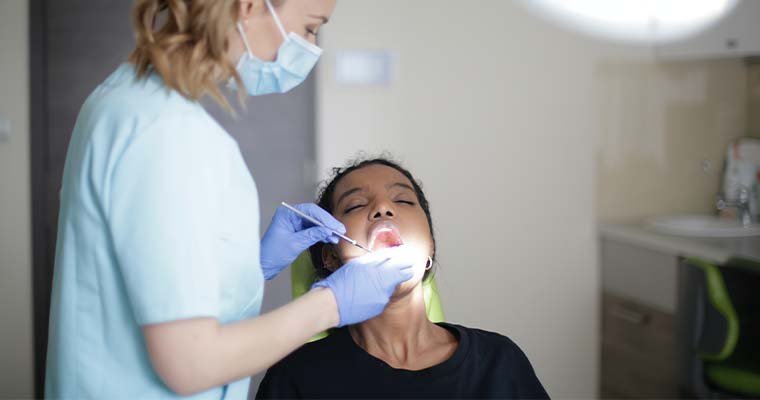Receding gums, a condition where the gum tissue surrounding the teeth wears away or pulls back, can lead to various dental issues if left untreated. In this article, we delve into the methods available for encouraging receding gums to grow back, addressing the concerns and myths surrounding this condition.
Understanding Receding Gums
Receding gums, also known as gingival recession, occur when the gum tissue surrounding the teeth wears away, exposing the tooth roots. This can lead to sensitivity, tooth decay, and even tooth loss if not properly addressed. Several factors contribute to receding gums, including aggressive tooth brushing, periodontal diseases, genetics, hormonal changes, and tobacco use.

Importance of Addressing Receding Gums
Receding gums not only affect the aesthetics of a smile but also pose significant risks to oral health. Exposed tooth roots are more susceptible to decay and infection, leading to discomfort and potential tooth loss. Additionally, gum recession can cause sensitivity to hot and cold temperatures, making eating and drinking uncomfortable.

Myths and Realities: Can Receding Gums Grow Back?
One common question surrounding receding gums is whether they can grow back naturally. While gums cannot regenerate tissue on their own, certain treatments and practices can encourage gum tissue growth and prevent further recession. Understanding these methods is crucial for addressing receding gums effectively.
Methods for Encouraging Receding Gums to Grow Back
Oral Hygiene Practices and Lifestyle Changes
Maintaining good oral hygiene is essential for preventing and addressing receding gums. Gentle brushing with a soft-bristled toothbrush, using fluoride toothpaste, and regular flossing can help remove plaque and bacteria that contribute to gum recession. Avoiding tobacco products and maintaining a balanced diet rich in vitamins and minerals also support gum health.
Gum Graft Surgery
Gum graft surgery is a common treatment for severe gum recession. During this procedure, a periodontist takes tissue from the roof of the mouth or another donor source and grafts it onto the affected area to cover exposed tooth roots. This helps protect the roots from decay and promotes the regeneration of gum tissue.
Platelet-Rich Plasma Therapy
Platelet-rich plasma (PRP) therapy involves extracting platelets from the patient's blood and applying them to the affected gums to stimulate tissue growth. PRP contains growth factors that promote healing and regeneration, making it a promising treatment for receding gums.
Scaling and Root Planing
Scaling and root planing, also known as deep cleaning, is a non-surgical procedure used to treat gum disease and address gum recession. During this treatment, a dental professional removes plaque and tartar from above and below the gum line, then smoothes the tooth roots to prevent further bacterial buildup and encourage gum reattachment.
Laser Gum Treatment
Laser gum treatment, or laser-assisted new attachment procedure (LANAP), is a minimally invasive alternative to traditional gum surgery. Using a dental laser, a dentist or periodontist removes diseased tissue and bacteria from the gums while promoting the regeneration of healthy tissue. This procedure typically results in less discomfort and faster healing compared to conventional surgery.
Conclusion
Receding gums are a common dental concern that, if left untreated, can lead to significant oral health issues. While gums cannot grow back on their own, various treatments and practices can encourage tissue regeneration and prevent further recession. From oral hygiene habits to advanced surgical procedures, addressing receding gums requires a multi-faceted approach tailored to individual needs. Seeking prompt treatment and maintaining good oral care habits are key to preserving gum health and preventing complications associated with gum recession.

No comments yet